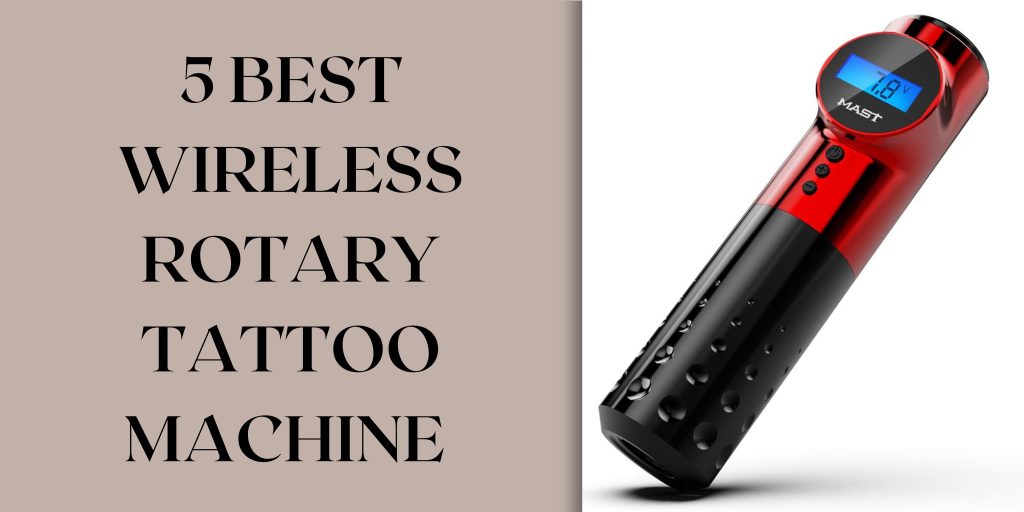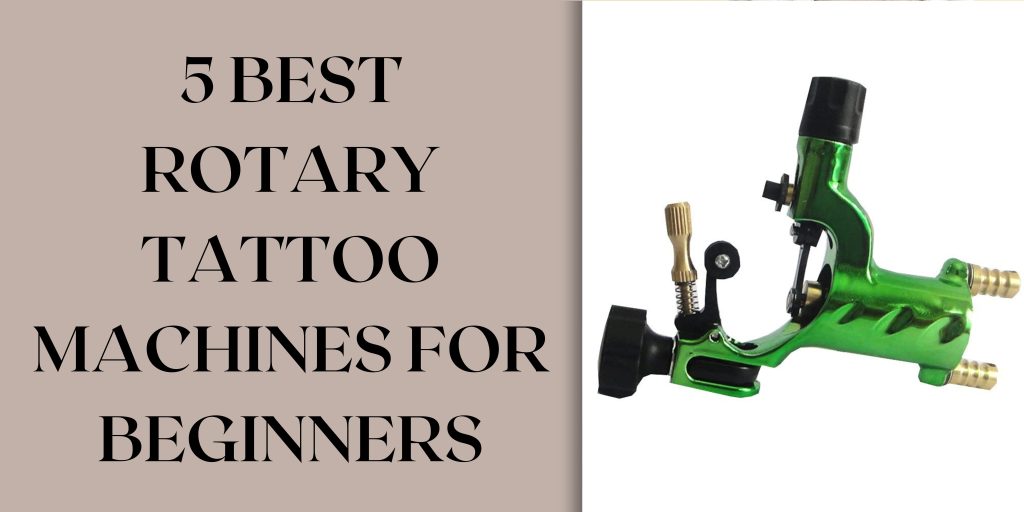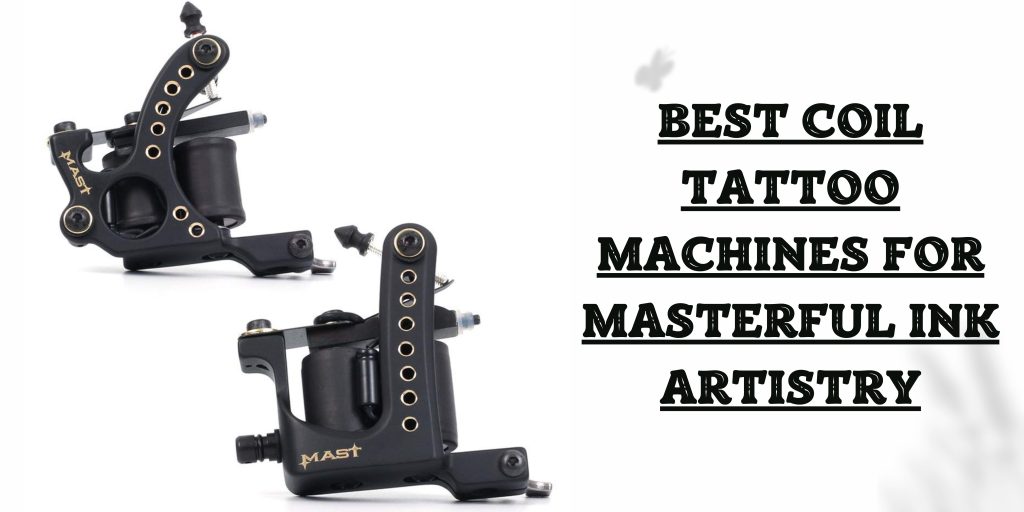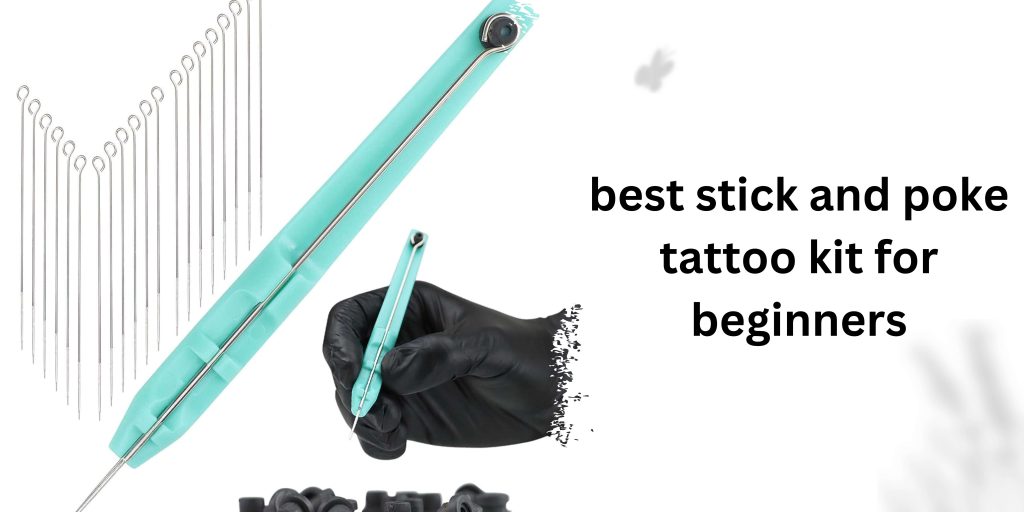In recent years, the art of stick and poke tattoos has gained immense popularity. This DIY tattooing method offers a unique, handcrafted aesthetic that sets it apart from traditional machine tattoos. If you’re curious about how to stick and poke tattoos safely and effectively, this comprehensive guide will walk you through the entire process.
Understanding Stick and Poke Tattoos
Origins and History
Stick and poke tattoos have ancient origins, often used in cultural rituals and ceremonies. In recent times, they’ve become a popular choice among those seeking a more personal and unconventional form of self-expression.
Compared to Traditional Tattoos
Unlike traditional tattoos done with machines, stick and poke tattoos involve manually pricking the skin with a sterilized needle and depositing ink. This method offers a distinct and rustic appearance that appeals to many tattoo enthusiasts.
Read more: best stick and poke tattoos kit for beginners
Safety First: Preparing for the Process
Prioritizing Sanitation
Before you start, it’s crucial to ensure a clean environment. Disinfect your workspace, wear disposable gloves, and use sterile equipment. This helps minimize the risk of infection.
Gathering Supplies
Assemble all necessary supplies, including tattoo needles, tattoo ink, disposable containers, medical gloves, stencil paper, and antibacterial soap. Having everything ready will make the process smoother.
Design and Planning
Choosing a Design
Select a design that’s appropriate for stick and poke. Simple designs with clean lines and minimal shading work best. Research various ideas and settle on something that resonates with you.
Placement Considerations
Decide where you want the tattoo. Keep in mind that stick and poke tattoos tend to age gracefully, so areas like fingers, wrists, and ankles can be great choices.
Transferring the Design
You can transfer the design to your skin using a stencil or freehand. Stencils ensure accuracy, while freehand allows for a more organic result. Choose the method that suits your preferences.
Read More: can you get a tattoo on scratch marks
Navigating Pain and Discomfort
Managing Pain
Stick and poke tattoos involve some level of pain, but it’s manageable. Focus on deep breaths, listen to music, or engage in conversation to distract yourself.
Minimizing Discomfort
To minimize discomfort, make sure you’re well-rested and hydrated before starting. Avoid caffeine and alcohol, as they can increase sensitivity.
Psychological Preparation
Mentally prepare yourself for the process. Remind yourself of the significance of the tattoo and stay positive throughout.
The Stick and Poke Technique
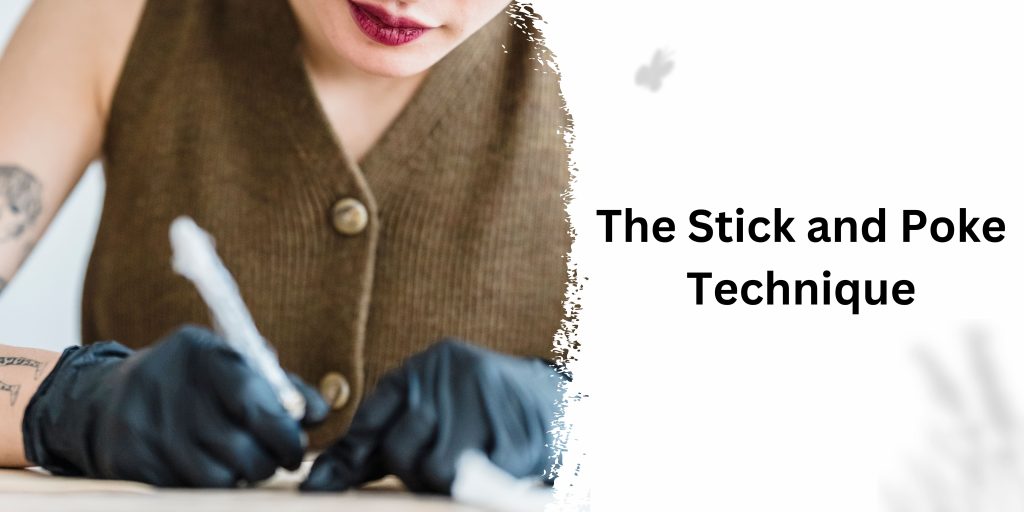
Step-by-Step Guide
- Preparation: Clean your hands, wear gloves, and disinfect the area.
- Needle Insertion: Hold the needle at a 45-degree angle and gently tap it into the skin’s top layer.
- Ink Application: Dip the needle into ink and gently puncture the skin to deposit ink droplets.
- Consistent Depth: Maintain a consistent depth for even lines and shading.
- Slow and Steady: Take your time to ensure precision.
- Cleaning: Wipe away excess ink periodically and check your progress.
Hand Positioning and Needle Control
Proper hand positioning ensures stability and control. Hold the needle like a pencil and use your non-dominant hand to stretch the skin.
Achieving Consistency
Consistency in needle depth and ink saturation is essential. Avoid pressing too hard or too lightly, as this affects the final result.
Working with Needles and Ink
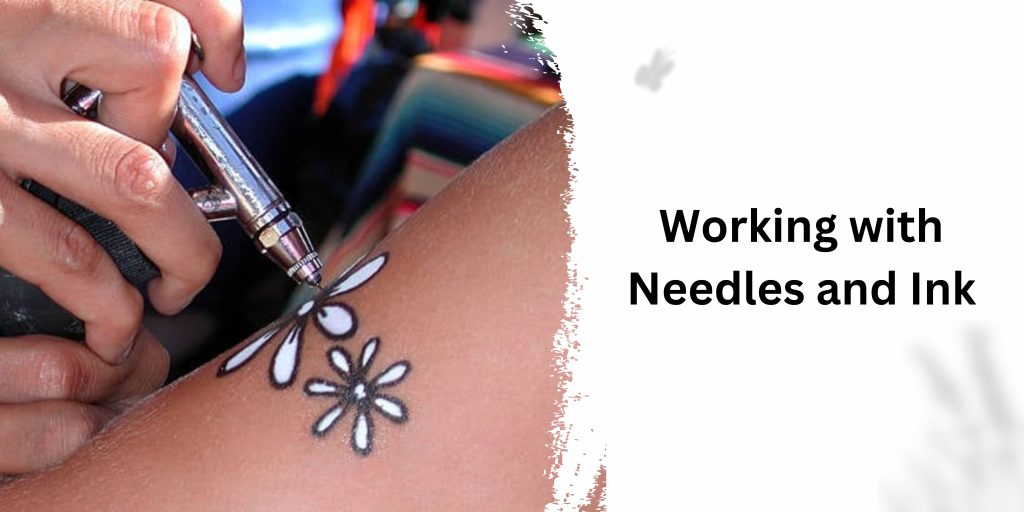
Needle Varieties
There are different needle configurations available, such as single, double, or triple needles. Experiment with different options to achieve varying textures and effects.
Exploring Inks
Choose tattoo inks that are specifically designed for stick and poke tattoos. Research different brands and colours to find the ones that suit your design.
Mixing and Diluting Inks
Experiment with mixing inks to create unique shades. Diluting inks with distilled water helps achieve lighter tones.
Stick and Poke Progress and Patience
Taking Breaks
Stick and poke is a meticulous process, so take breaks to avoid fatigue. This also gives your skin a chance to recover.
Allowing Healing
Let each section of your tattoo heal before continuing to work on it. This prevents unnecessary trauma to the skin and allows you to make adjustments as needed.
Tracking Your Progress
Document your progress through photos. This helps you assess your technique and track the evolution of your tattooing skills.
Stick and Poke Aftercare Instructions
Cleaning and Moisturizing
Gently clean the tattooed area with lukewarm water and antibacterial soap. Pat it dry and apply a thin layer of tattoo-specific ointment to keep the skin moisturized.
Protection from Infection
Avoid exposing your tattoo to dirt, or harsh sunlight, or submerging it in water until it’s fully healed. This prevents infection and ensures vibrant colours.
Potential Risks and Complications
Infection and Allergic Reactions
Improper hygiene can lead to infections. If you notice redness, swelling, or discharge, consult a medical professional. Some individuals might also experience allergic reactions to certain inks.
Seeking Medical Help
If your tattoo exhibits signs of infection that don’t improve within a few days, or if you experience severe pain, fever, or other concerning symptoms, seek medical attention promptly.
Stick and Poke Advantages and Drawbacks
Personalization and Affordability
Stick and poke tattoos offer a level of personalization that traditional tattoos might not. They’re also often more affordable, making them accessible to a wider audience.
Addressing Drawbacks
While stick and poke tattoos have their charm, they can be less precise than machine tattoos. Expect some unevenness in lines and potential fading over time.
Showcasing Your Artwork
Photographing Your Tattoo
Capture high-quality photos of your completed tattoo to showcase your craftsmanship. Ensure proper lighting and angles to capture the details.
Sharing on Social Media
Share your artwork on social media platforms and engage with online tattoo communities. Embrace feedback as a way to improve your skills.
The Art of Evolving: From Beginner to Skilled Artist
Practice Makes Perfect
Stick and poke tattooing is an art that evolves with practice. Don’t be discouraged by initial imperfections; growth takes time.
Experimenting with Techniques
Try various techniques to expand your skills. Experiment with different needle depths, ink dilutions, and shading styles to find your unique approach.
Embracing Confidence
As you gain experience, your confidence will grow. Embrace your artistic choices and continue refining your craft.
Conclusion
Stick and poke tattooing is a fascinating and intimate form of self-expression. By following proper techniques, safety protocols, and aftercare, you can create beautiful and meaningful tattoos that reflect your individuality. Remember, each poke tells a story, and the journey from beginner to the skilled artist is a testament to your dedication and creativity.



